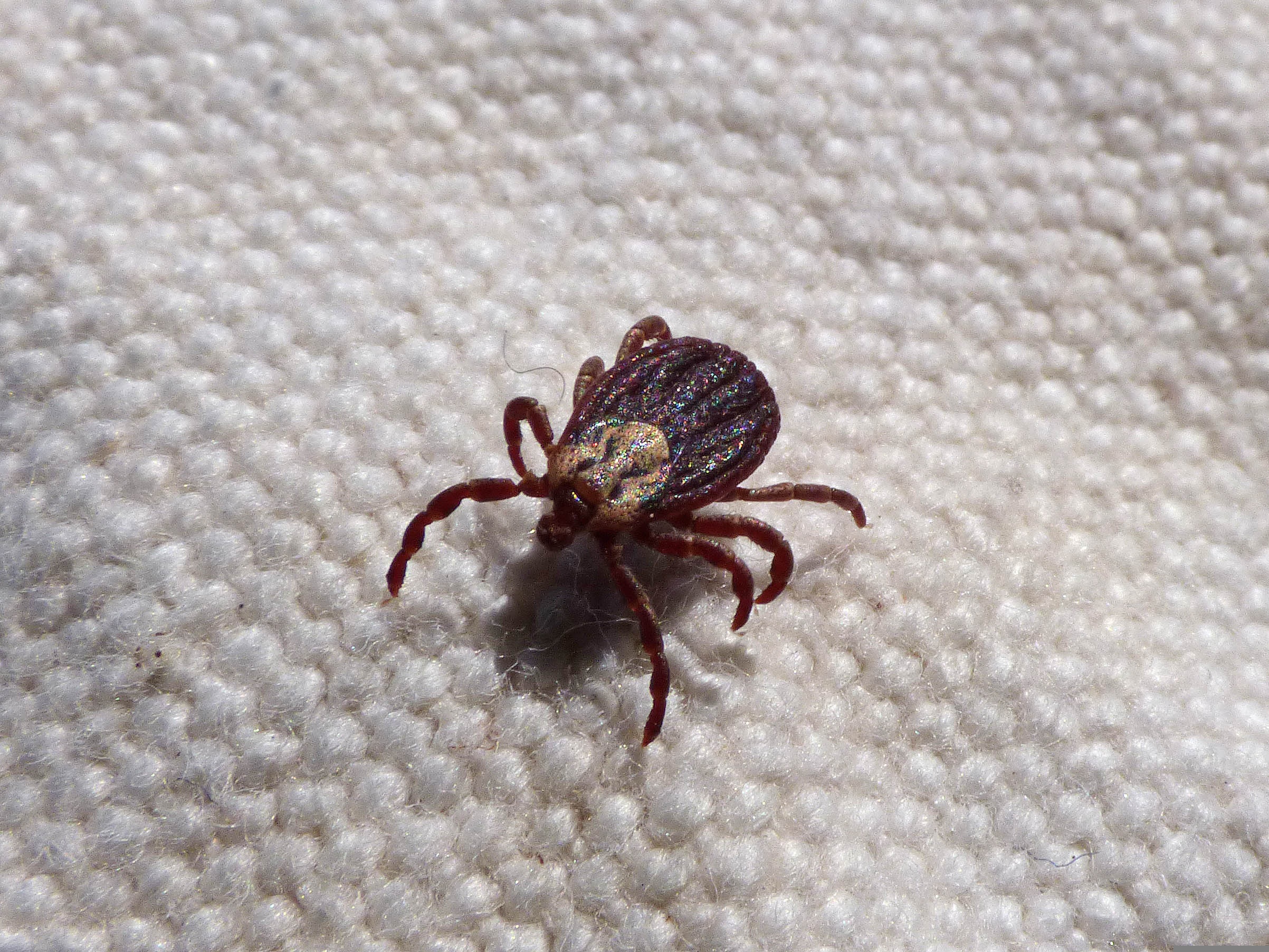Healthy Pet
Every day, dozens of animals cross the doorstep of a general practice clinic. The reasons vary from wellness to gastro-intestinal concerns, to itch. However, regardless of the original concern, this year has brought such a large influx of ticks found incidentally during physical exams that they seem to have become a daily topic of conversation.
These vile arachnids (they are considered arachnids due to their eight legs and lack of antennas) are becoming more and more common in the province. Unfortunately, when it comes to ticks and tick-borne diseases, data collected every year repeatedly delivers bad news. Not only has climate change allowed the geographic distribution of the different tick species to increase dramatically, but the percentage of ticks carrying disease also continues to increase.
When asked to name a tick-borne disease, most people can think of Lyme disease. However, the little creatures can transmit many more diseases, including many bacterial, parasitic and even viral pathogens. In addition, they can transmit more than one type in a single blood meal. As humans, we can usually find and remove the little buggers relatively quickly, but on our dogs, they will sometimes remain attached for days or even weeks, which dramatically increases the chance of disease transmission
In Manitoba dogs, the diseases that we primarily see are caused by strange and unusual bacteria. Lyme disease is the most common, but we also see a lot of Anaplasmosis and Ehrlichiosis. The Black-legged species of ticks are the primary vectors for both the bacteria causing Lyme disease (Borrelia Burgdorferi), as well as the ricketssial bacteria causing Anaplasmosis (Anaplasma phagocytophilum). Alternatively, the primary vectors for the Ehrlichiosis-causing ricketssial bacterium (Ehrlichia canis, E chaffeensis and E. ewingi) are primarily the Brown dog and the American dog ticks, although the newcomer to Manitoba, the Lone Star Tick, can also transmit it.
In general, the world of tick-borne diseases is full of unusual pathogens that cause non-specific, waxing and waning fevers and malaise symptoms. They are difficult to diagnose and a vast majority cause only sub-clinical (or mostly asymptomatic) disease. In addition, even when diagnosed, it isn’t always indicated to treat. Indeed, many veterinary consensus statements advise against doing so unless certain additional clinical parameters are found in urine or blood. This is due to concerns about overuse of antibiotics, costs, side-effects of the long course of treatment, as well as the ability of many animals to simply clear the infection. That being said, in many cases, we find ourselves with either a complete lack of symptoms, or severe illness requiring intensive medical care, which is a difficult position to face.

Why talk about this? In clinical practice, we will often hear clients mention that they have never seen a tick on their dog, or that they never leave their yard. Yet year after year, and this year has been particularly significant, we find increasing numbers of ticks on animals that have never had a perceived need for tick prevention in the past. In addition, while recommended due to the concerning data about ticks, a majority of dog owners forego their yearly blood test checking for these diseases.
We recommend talking to your veterinarian about tick prevention. Weigh the pros and cons of using them and consider re-evaluating your dog’s risk based on the changing landscape of tick distribution, even if you’ve never used them in the past. In addition, if your dog’s risk level will change dramatically even for a short period of time (for example, a weekend camping trip), consider whether a one-time preventative could save you a headache in the future. There are many products available and while there are some risks, your veterinarian will help you choose a product you are comfortable with. And finally, consider regular testing for the health of your pet.
Until next time fellow paw print loving friends…
Silver Heights Veterinary Hospital is proud to serve the Winnipeg region, and is located on Ness Avenue in St. James. Contact them at 204-504-5600 or visit their website at silverheightsvethospital.ca.


